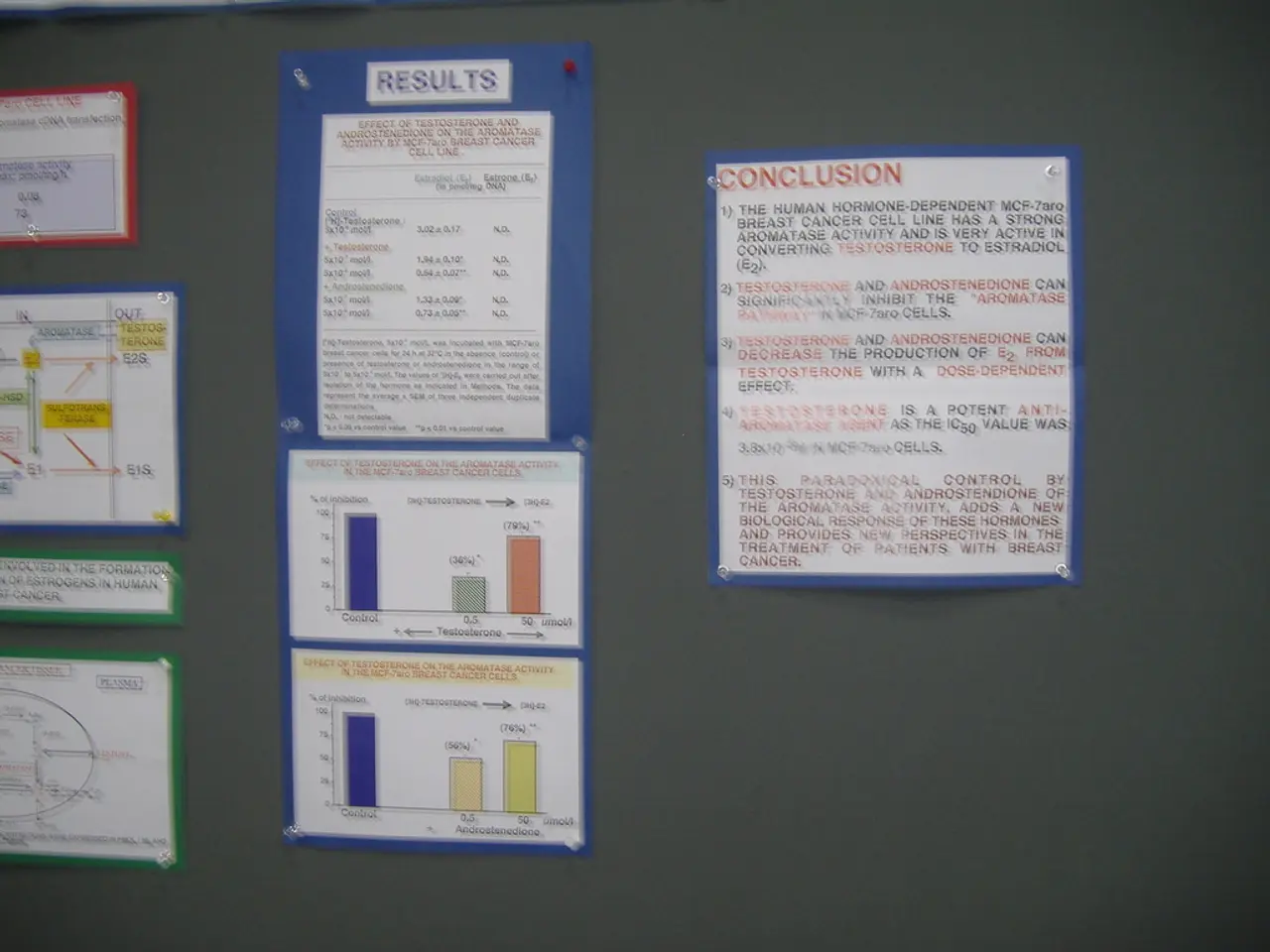Update on Environmental, Social, and Governance Knowledge | July 2025
The Corporate Sustainability Reporting Directive (CSRD) and the Corporate Sustainability Due Diligence Directive (CSDDD) are in the advanced stages of legislative negotiations within the European Union. The Council of the European Union agreed on a negotiating mandate on June 23, 2025, to simplify and streamline these directives as part of an omnibus proposal by the European Commission [1][4].
Current Status
The Council and the European Parliament are preparing to engage in trilogue negotiations (Commission, Council, Parliament). The anticipated timeline for finalizing the compromises into law is potentially late 2025 or early 2026 [1]. There have been delays in enforcement timelines, with large EU companies now expected to start reporting in 2028 instead of 2026, and SMEs with listed securities in the EU having their start delayed to 2029 [3].
Proposed Changes to Thresholds and Scope
The Council proposes a single applicability threshold for the CSDDD, aiming to avoid staggered entry by company size. For EU-incorporated companies, the threshold is proposed as 5,000 employees and €1.5 billion in net worldwide turnover (consolidated basis for groups) [1]. For non-EU-incorporated companies, the turnover threshold is likewise €1.5 billion [1].
On the other hand, the European Parliament rapporteur has proposed significantly lower thresholds in their draft report as part of the omnibus simplification process. For EU-incorporated companies, the proposed thresholds are 3,000 employees and €450 million net turnover (revenue) [2]. This is a notable reduction compared to the Council’s threshold, aiming to reduce the number of companies required to comply and lessen reporting burdens for smaller companies [2].
Additional Context
The omnibus simplification package attempts to align and reduce overlaps between CSRD and CSDDD, clarifying compliance obligations. The approach reflects an EU focus on balancing sustainability transparency with economic competitiveness by cutting costs and administrative burdens for companies [2][4].
Summary Table of Threshold Proposals
| Threshold Type | Council Proposal | Parliament Rapporteur Proposal | |--------------------------------|-----------------------|----------------------------------| | Employees (EU companies) | 5,000 | 3,000 | | Net Turnover (EUR, global) | 1.5 billion | 450 million | | Non-EU companies turnover | 1.5 billion | Not specifically detailed here | | Implementation Start (Large firms) | 2028 (delayed) | Not finalized |
In conclusion, the CSRD and CSDDD in the EU are moving toward finalization with simplification efforts focused on threshold alignment and delayed implementation. The Council advocates higher thresholds for scope applicability with one unified threshold to ease entry timing, while the Parliament’s rapporteur favors significantly lower thresholds to reduce the compliance scope. The final agreed version will likely emerge from upcoming trilogue negotiations scheduled post-summer 2025 [1][2][3][4].
Furthermore, the Commission has adopted a regulation to simplify the application of the Taxonomy Regulation, which is expected to apply from 1 January 2026 after being agreed upon by the European Parliament and the Council of the EU.
In the ongoing negotiations within the European Union, the proposed changes to the Corporate Sustainability Reporting Directive (CSRD) and the Corporate Sustainability Due Diligence Directive (CSDDD) aim to balance environmental-science concerns with financial considerations in business operations. The Council has proposed higher thresholds for the applicability of the CSDDD, whereas the European Parliament's rapporteur favors lower thresholds to reduce the compliance burden for small and medium-sized enterprises (SMEs). These thresholds will be subject to discussion during the upcoming trilogue negotiations, which are scheduled post-summer 2025. Additionally, the European Commission has adopted a regulation to simplify the application of the Taxonomy Regulation, with the expectation of implementation from 1st January 2026, provided it is agreed upon by the European Parliament and the Council of the EU.




